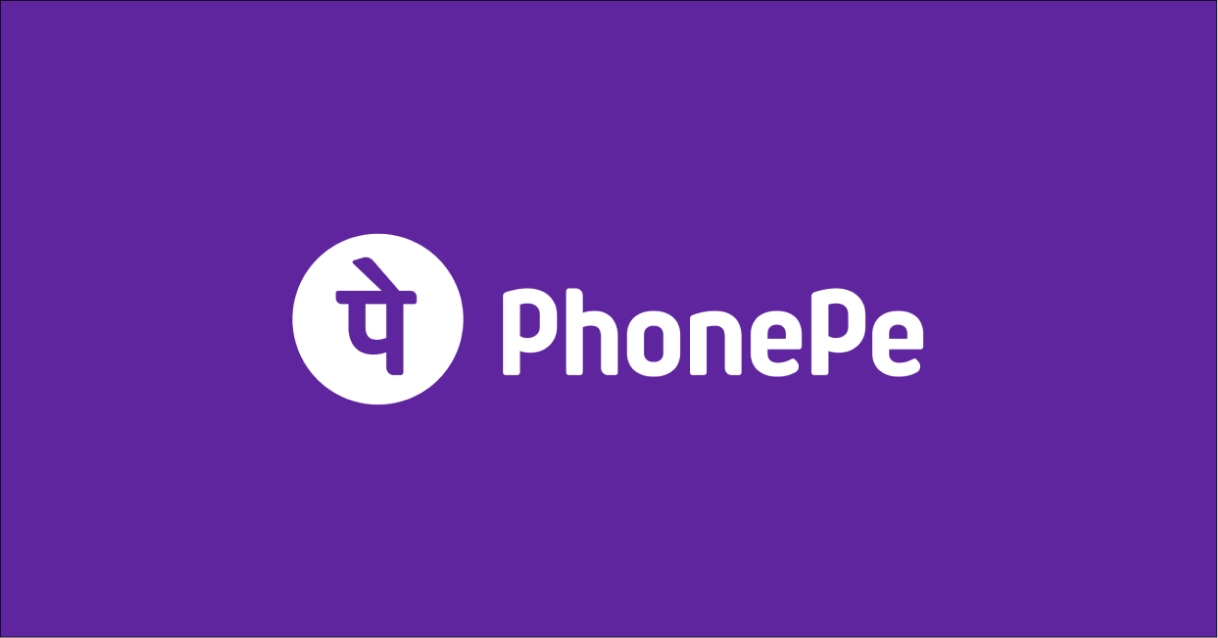
Are you looking for a car insurance policy? Then you’ve likely come across the term “IDV” and wondered what it means. Whether you are searching for car insurance for a brand-new car or renewing the one for your existing vehicle, IDV determines your premium and potential claim amount.
By understanding all important details of IDV calculation and its impact, you can make informed decisions when purchasing an insurance policy. So, join us as we explain the usage of IDV and its importance in car insurance.
What Is IDV In Car Insurance?
IDV stands for Insured Declared Value, which is the maximum amount that the insurer will pay if your car is stolen or damaged beyond repair. It represents the current market value of your vehicle by considering depreciation and cost of accessories.
Here are 4 important points to keep in mind about IDV:
- Comprehensive plans: Insurers only use IDV to determine the terms of a comprehensive insurance policy. Since third-party insurance doesn’t cover your vehicle, IDV value is irrelevant.
- Compensation basis: It determines the maximum compensation amount you will receive in the event of total loss or theft of your vehicle.
- Premium calculation: IDV value directly influences your insurance premium. A higher value typically results in a higher premium, and vice versa.
- Own damage cover: The additional premium paid while opting for an own damage cover, on top of the third-party cover, is estimated according to the IDV. Generally, this cover is 2-3% of the IDV of the vehicle insured.
Calculating IDV
When you purchase a new vehicle, its IDV depends on its selling price set by the manufacturer minus the depreciation cost. However, if you install additional accessories to the car, IDV value also considers the price and depreciation cost of these accessories.
Here are the two formulas used to calculate a car’s IDV:
#1 IDV of a Car without Accessories :
IDV = Manufacturer’s Selling Price – Depreciation Cost
#2 IDV of a Car with Accessories :
IDV = (Manufacturer’s Selling Price – Depreciation Cost) + (Price of Accessories – Depreciation Cost of Accessories)
You don’t need to calculate IDV manually when buying a car insurance policy. Instead, you can use an online car IDV calculator. Depending on the platform, you may have to enter your car number or provide details like brand, model, and year of manufacturing, and you will get the estimated IDV value instantly.
Standard Depreciation Rates Of IDV
Insurance providers deduct depreciation depending on the car’s age. For a brand-new car, depreciation is around 5%, so the IDV equals 95% of the car’s ex-showroom price.[1] The depreciation cost increases with the age of the vehicle.
Here are the standard rates at which insurers calculate depreciation costs when estimating IDV in car insurance:
| Age of the Car | Depreciation |
6 months and below | 5% |
| 6 months to 1 year | 15% |
| 1 to 2 years | 20% |
| 2 to 3 years | 30% |
| 3 to 4 years | 40% |
| 4 to 5 years | 50% |
| Over 5 years | Decided by the insurer and vehicle owner |
* Once a vehicle becomes over 5 years old, it is recommended that your IDV is 10% lower than the IDV in your previous insurance policy.
When To Have A Low/High IDV?
DV in car insurance decides the compensation amount you will receive if your vehicle is stolen or suffers a total loss. Therefore, it can be tempting to set a high IDV to get maximum compensation.
But there’s a catch.
A higher IDV also comes with higher premiums for the insurance policy. On the other hand, with a lower IDV value, you receive less compensation, but you also pay less premium.
Let’s understand when you should set a low IDV versus a high IDV for a car insurance policy.
Low IDV is beneficial when –
- The car has a low market value: If you own an older or a cheaper car, opting for a lower IDV is a practical choice. It prevents you from over-insuring your undervalued vehicle.
- You seek lower premiums: A lower IDV reduces premiums, making car insurance more affordable.
- If a lower insured sum is not a concern: If you’re comfortable with a lesser payout in the event of total loss or theft, opt for a low insured value.
- Limited no. of add-ons required: If you just want to opt for a limited number of add-ons that have comparatively lower prices than the others, like Zero Depreciation, choose a low IDV.
High IDV is beneficial when:
- The car has high market value: For newer or luxury vehicles, a high IDV ensures adequate coverage to make up for the loss.
- A higher premium is not an issue: If you can pay more for insurance, a high IDV can get you a higher compensation.
- You require a higher coverage: Select a high IDV if you want comprehensive protection against any potential damage.
Key Takeaways
Insured Declared Value is an important factor in the car insurance application process as it affects both the coverage and the premium amount. So, setting the right IDV for your vehicle is essential to ensure you get fair compensation for the damages without overpaying for the insurance. Additionally, purchasing and managing a car insurance policy becomes easier and hassle-free when done online!
Frequently Asked Questions
How does PhonePe help their customers to find the correct IDV for their vehicle?
Is it a good idea to increase the IDV value of my car while purchasing a car insurance premium?
Does IDV for the same vehicle vary from insurer to insurer?
Are there any online IDV calculators that can help find out the optimum IDV for my car?
Is IDV of a car affected by factors like geographic location, driving patterns etc?
